Cleveland, Ohio, has a rich history that reflects the broader story of the United States, with its development closely tied to industrialization, immigration, and economic growth. Here is a brief overview of key historical milestones in Cleveland’s history:
- Early Settlement and Growth:
- Cleveland was originally inhabited by Native American tribes, including the Erie and Iroquois, before European settlement began in the late 18th century.
- In 1796, General Moses Cleaveland, a surveyor, founded the city and named it after himself (although the first “a” in Cleaveland was later dropped).
- Transportation Hub:
- Cleveland’s location on the southern shore of Lake Erie made it an important transportation hub in the 19th century, with the Ohio and Erie Canal connecting the city to the Ohio River.
- The completion of the first railroad to Cleveland in 1851 further facilitated the city’s growth and connectivity.
- Industrialization:
- The 19th century saw Cleveland transform into an industrial powerhouse. Steel production, shipbuilding, and manufacturing became central to the city’s economy.
- Key industries included steel mills, oil refining, and automotive manufacturing, with companies like Standard Oil, U.S. Steel, and General Motors having a significant presence in the city.
- Immigrant Influx:
- The city experienced waves of immigration, particularly in the late 19th and early 20th centuries. Immigrants from Europe, including Eastern and Southern Europeans, played a vital role in shaping Cleveland’s culture and economy.
- Labor and Civil Rights Movements:
- Labor unions gained prominence in Cleveland during the early 20th century, with strikes and labor activism being common. The city played a role in the broader labor movement in the United States.
- The Civil Rights Movement also left its mark on Cleveland, with notable figures like Carl Stokes becoming the first African American mayor of a major U.S. city in 1967.
- Decline and Renewal:
- In the mid-20th century, Cleveland faced economic challenges and population decline due to the deindustrialization of the region.
- In the late 20th and early 21st centuries, efforts to revitalize the city’s downtown area, investments in healthcare and education, and the construction of sports and entertainment facilities helped improve its fortunes.
- Sports and Culture:
- Cleveland is known for its passionate sports culture, with professional teams like the Cleveland Browns (NFL), Cleveland Indians (now known as the Cleveland Guardians, MLB), and Cleveland Cavaliers (NBA).
- The city has a vibrant cultural scene, including museums, theaters, and a thriving music industry.
Today, Cleveland continues to evolve as a diverse, vibrant city with a strong sense of community. Its history is a testament to the resilience and adaptability of cities in the face of economic and social changes.

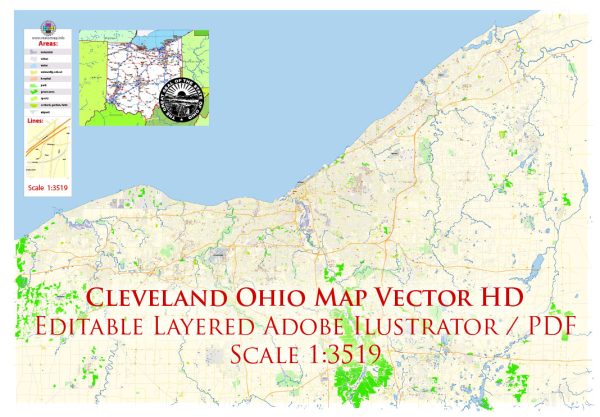
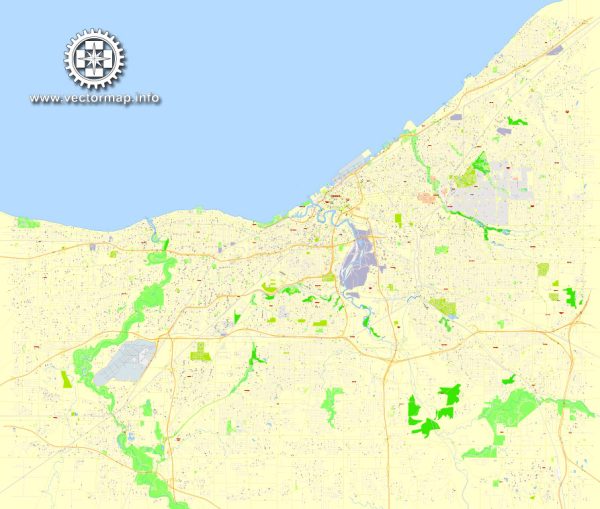
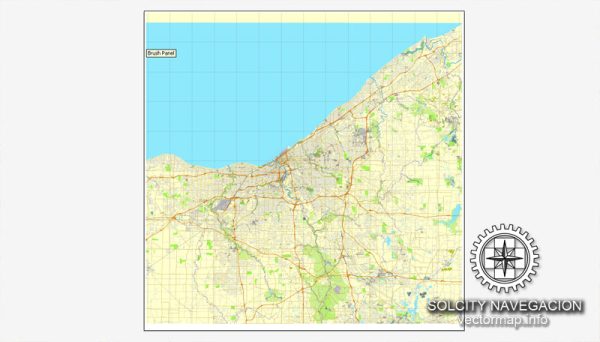
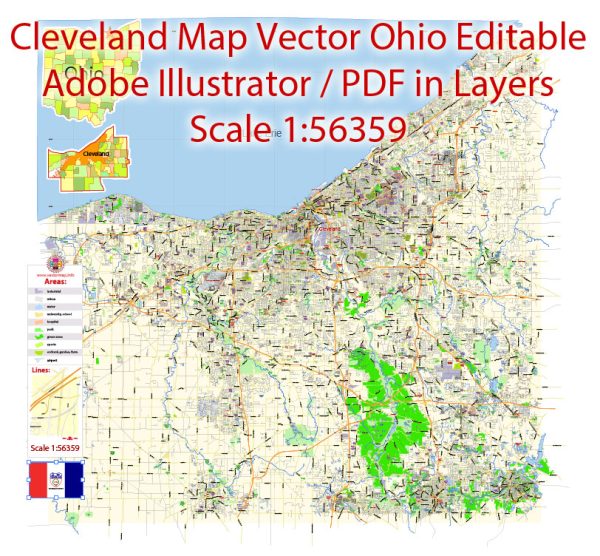
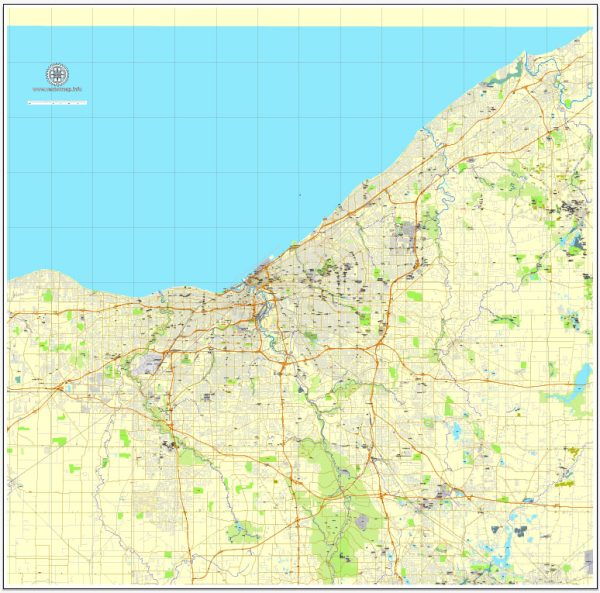
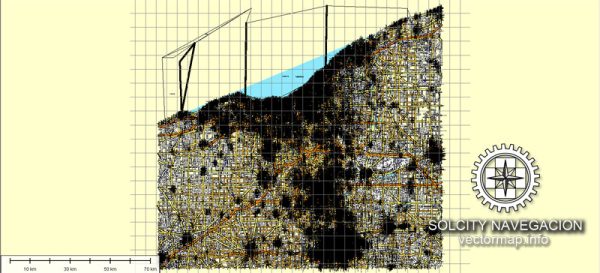
 Author: Kirill Shrayber, Ph.D.
Author: Kirill Shrayber, Ph.D.